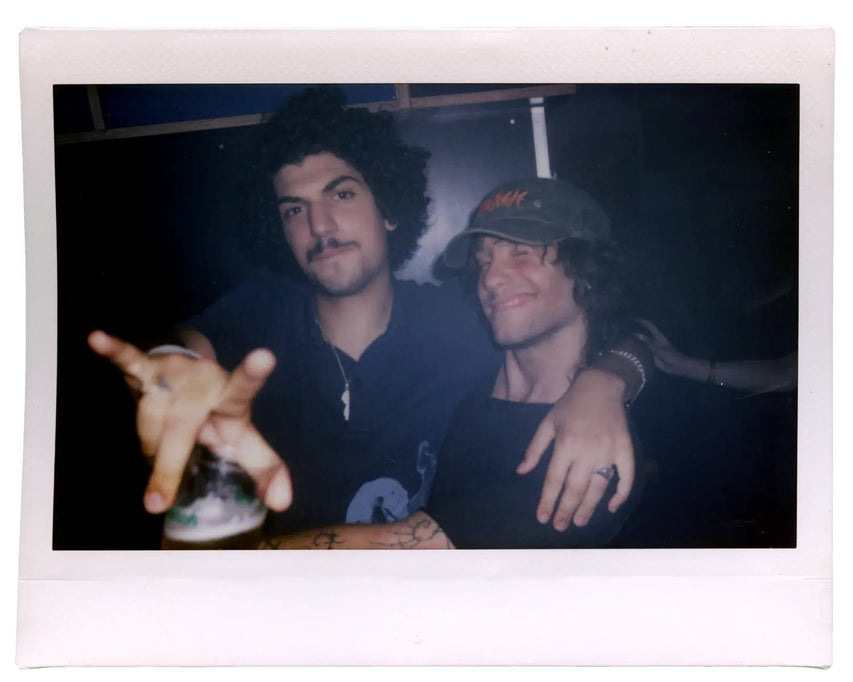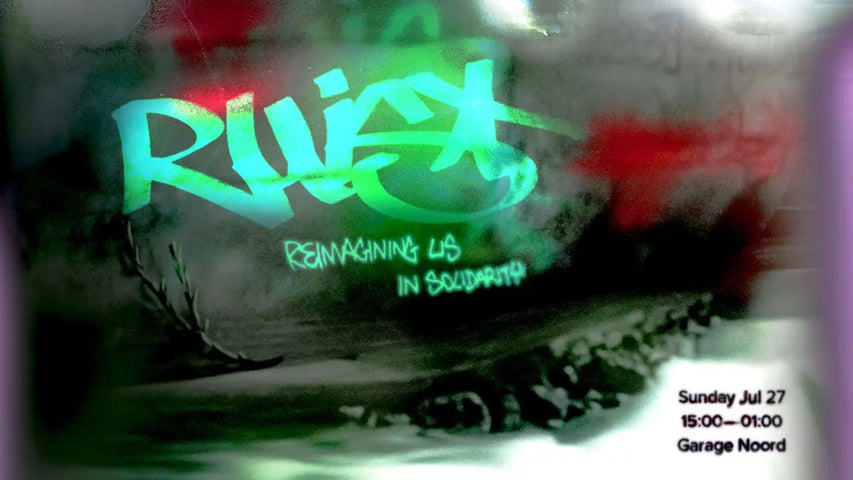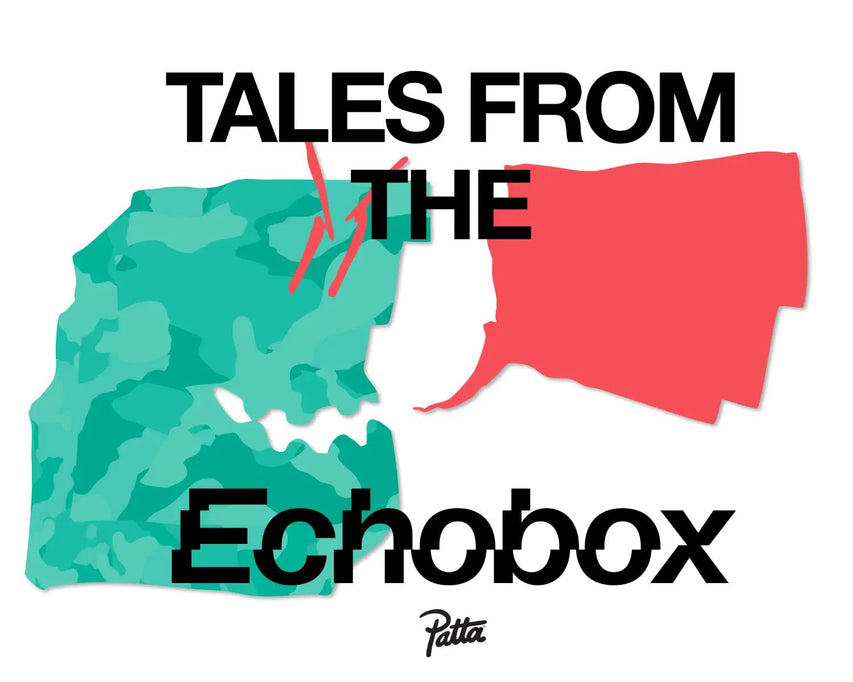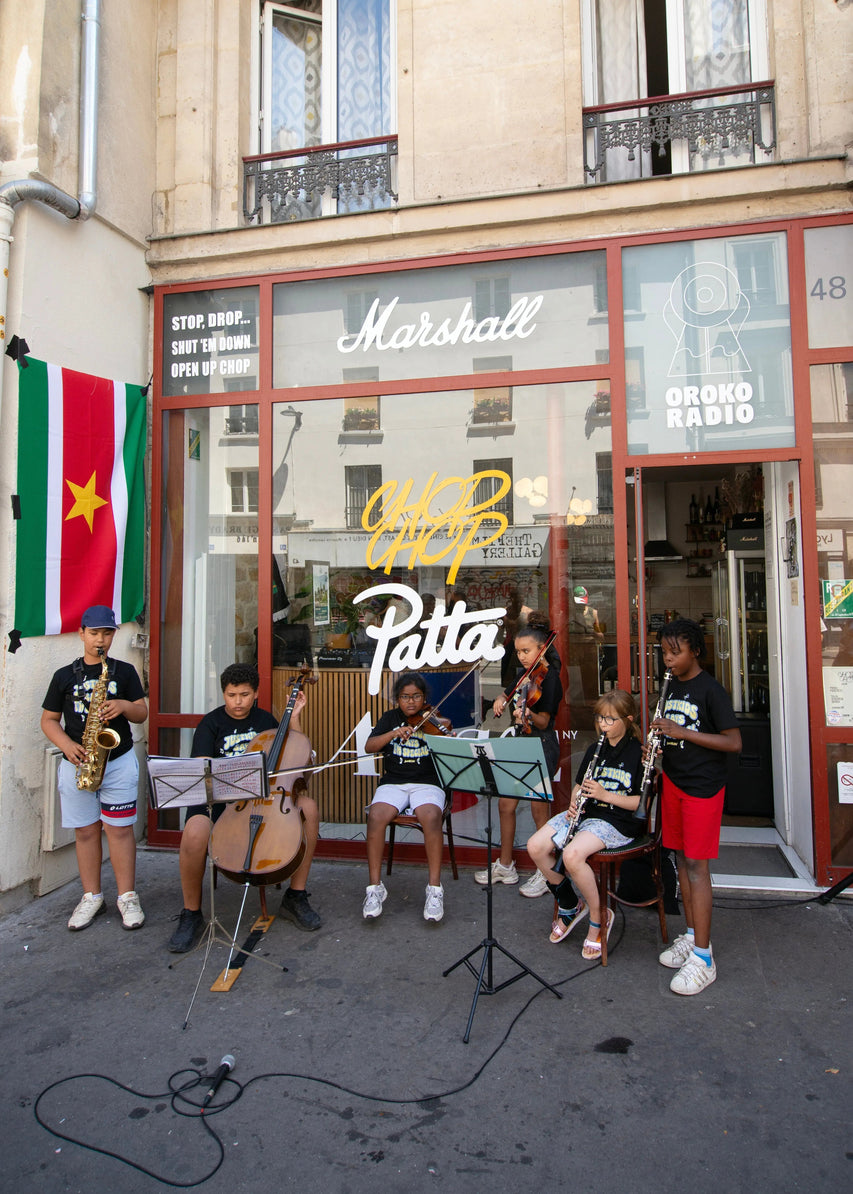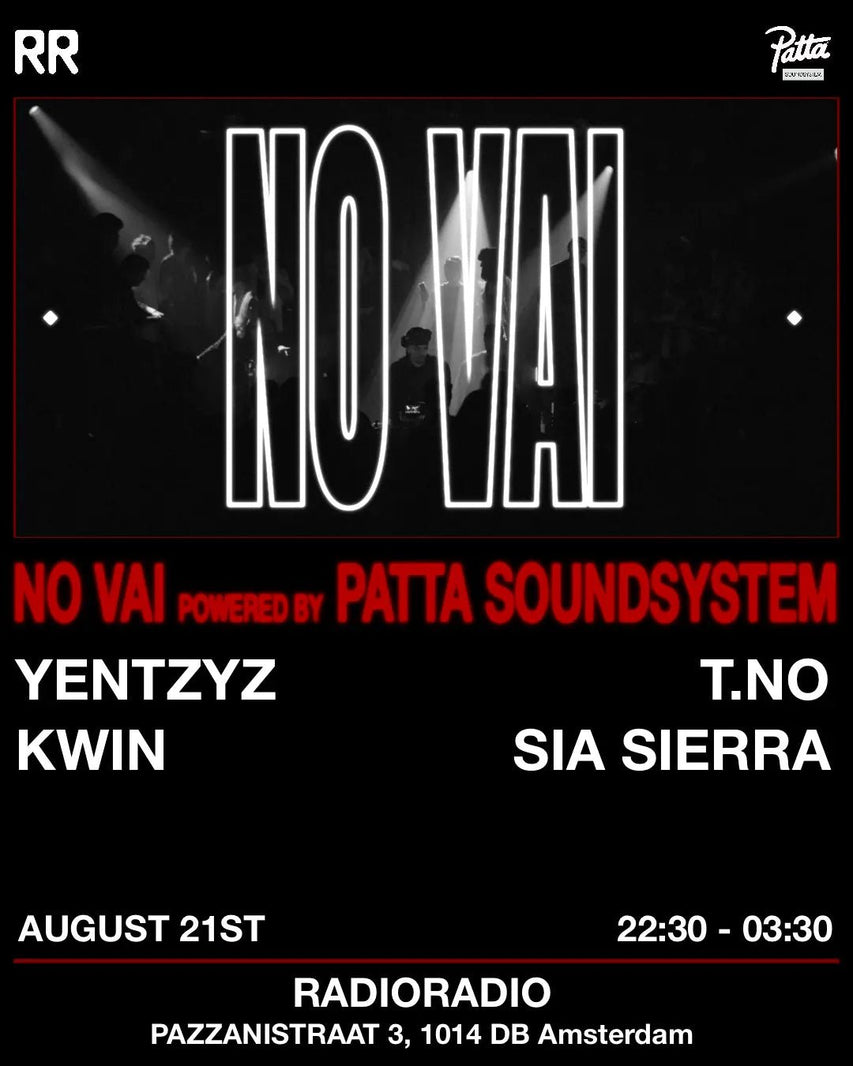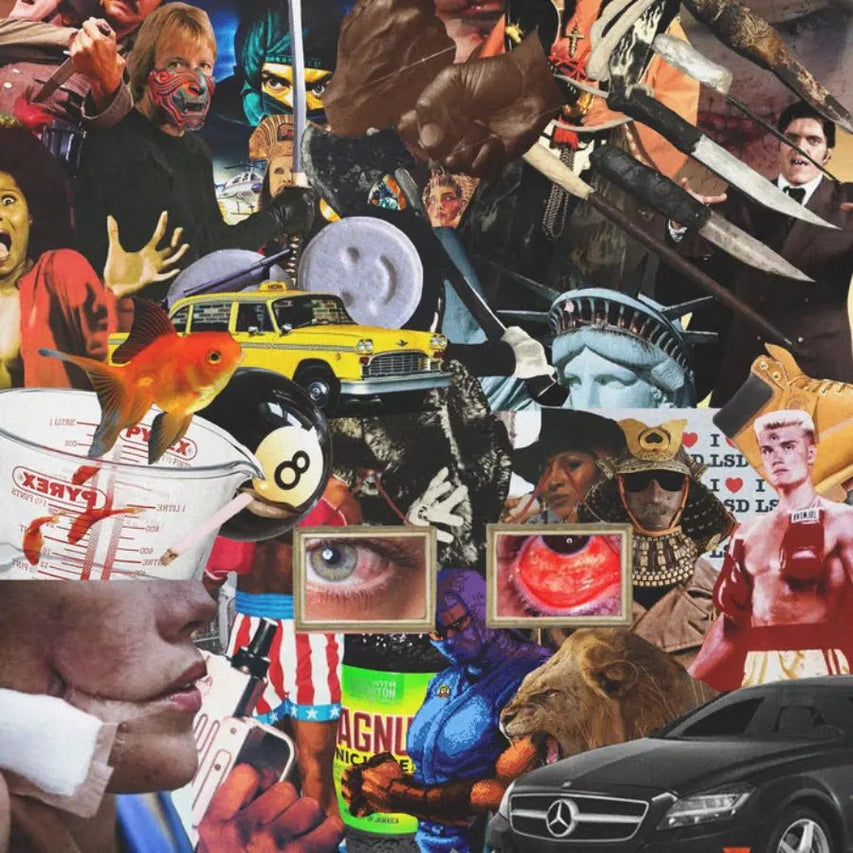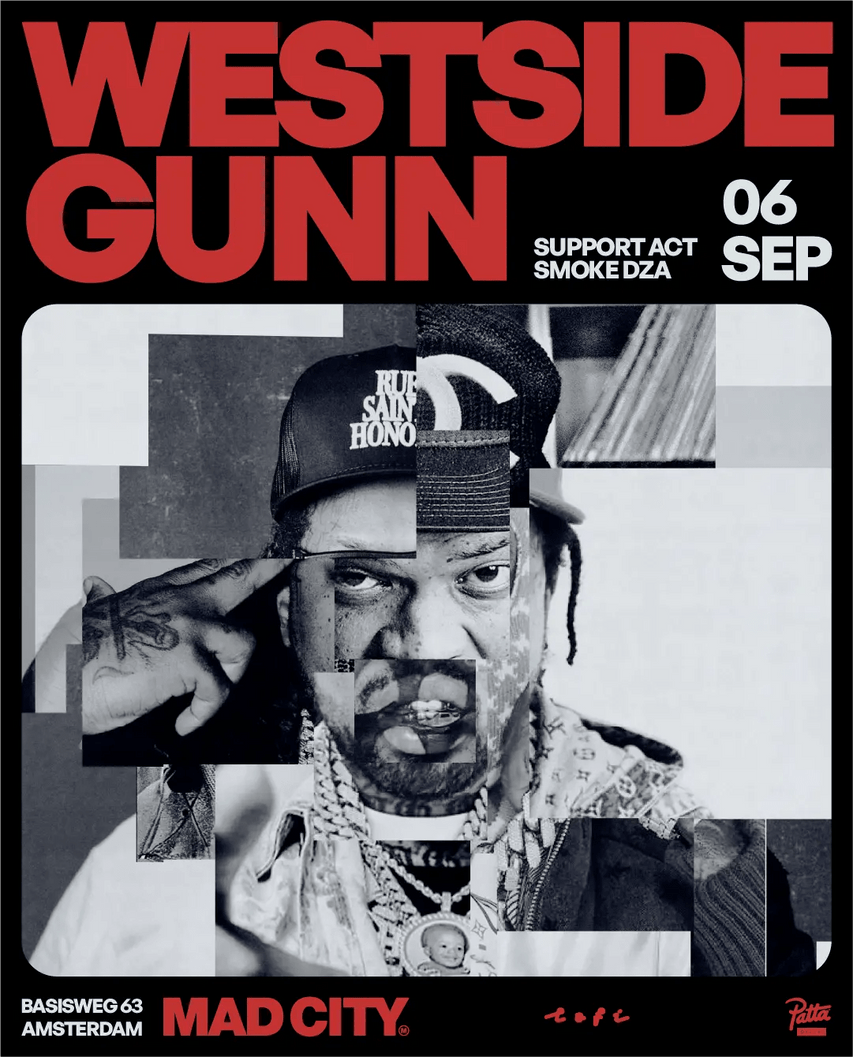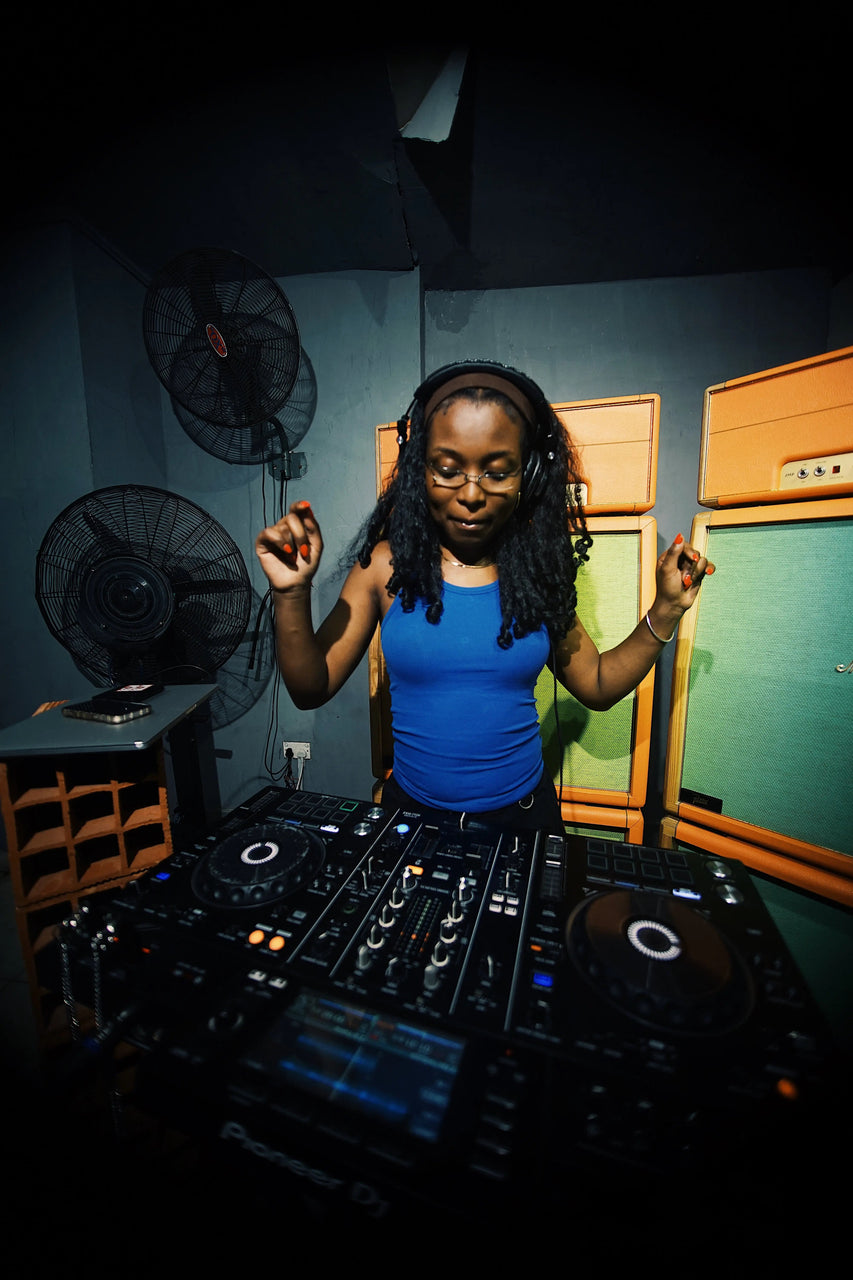
Get Familiar: West Milan Club
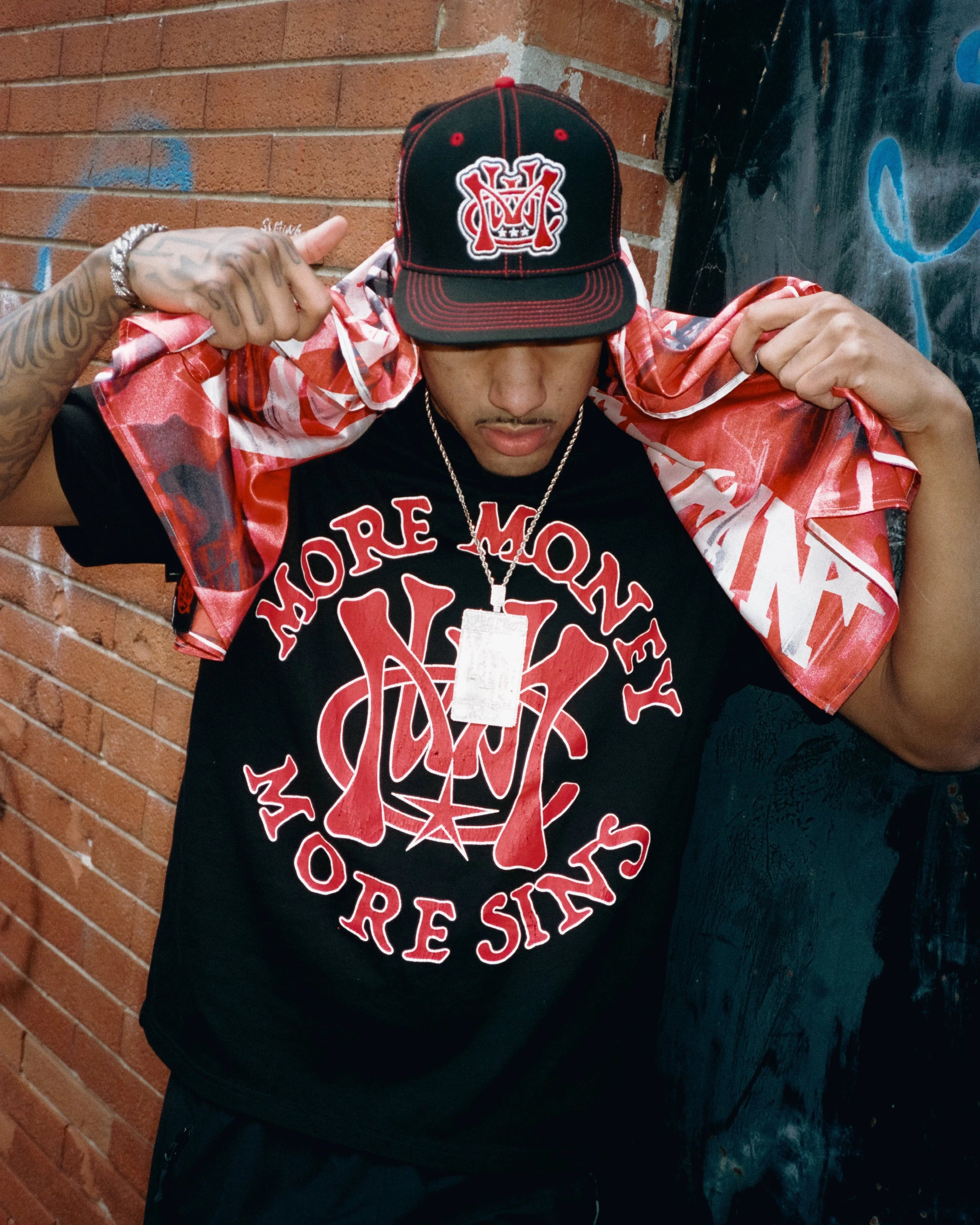
Interview by Passion Dzenga
Some brands start with a pitch deck — West Milan Club started with a connection. What began as a tight-knit creative crew has grown into one of Italy’s most exciting underground fashion movements. At the heart of it all is Shiva, the rapper whose sound helped define a generation, and his longtime collaborator and creative director, a Cuban-Italian filmmaker with a passion for style and storytelling. Together, with a team of designers, friends, and local talents, they’ve built more than just a brand — they’ve built a movement rooted in community, culture, and authenticity.
In this interview, we spoke to Ivano from West Milan Club and we went behind the scenes of how the brand came to life, why its name carries the weight of a neighborhood, and how the team’s outsider perspective became its greatest strength. From DIY pop-ups and grassroots marketing to deeply personal graphic design and a bulldog mascot that symbolizes loyalty, the story of West Milan Club is one of hustle, heritage, and heart.

How did the West Milan Club come to life and what sparked the idea?
It started pretty organically. The brand came out of a team — I’m the creative director and handle project management. We also have two graphic designers who work on visuals who go by the name notfoundstudio, and Shiva, the rapper, is the founder and central figure. Shiva and I go way back — I’m also his video director. He’s built a strong identity here in Italy with his own label and studio. He had the idea to start a brand, and I’ve always been into fashion. We clicked creatively, and since 2022, we’ve been building this together.
Can you tell me a little about the name West Milan? Are you all from there?
The name comes from Shiva’s roots. He’s not originally from Milan, but his grandmother is from the west side. He grew up around there and had most of his early success in that area. His label is called Milano Ovest, which translates to West Milan. We chose that name to represent our area and the side of Italy people don’t usually see — not just the pretty tourist spots, but the outskirts and neighbourhoods where real stories happen. Our models and team all come from that area too.
Milan is known for fashion, but you guys clearly have your own lane. How would you describe your approach to style, and what makes it uniquely yours?
We’re building a style rooted in our identity. Growing up, a lot of the fashion we liked was hard to access or expensive. Especially in the hoods, people stuck with sportswear like Nike. So our idea was to bridge that gap — bring the fashion we love to our community. We're in the music business, we love fashion, and we wanted to create something that speaks directly to our people. I’m not from Milan originally either — I’m half Cuban and from a small village near Milan — so when Shiva and I met, we connected over our shared vision. He brought the Milan side, I brought the outside perspective.
Do you think that outsider perspective gives you an advantage?
Definitely. When you come from the outside, you see the bigger picture more clearly. You’re hungrier. I came from a village with maybe 1,000 people. So arriving in Milan, I saw all these opportunities and wanted to make the most of them. Sometimes people already in the scene can’t see that, but I think that’s what helped me bring something new to the table.

How important is community to your brand, and how do you keep that spirit alive as you grow?
That’s the key to everything. We had a strong community even before we started the brand. Because of our relationship with fans and the people around us — doing giveaways, meetups — we had that support. Once we launched the brand, we kept doing the same things. We even gave out 100 t-shirts in Milan during an event. We did pop-up stores, and always brought people from the community in behind the scenes — during shoots, styling, whatever.
Even when Shiva was arrested — first for five months, then on house arrest for a year — and couldn’t promote or release music, the community carried us. Our connection with them kept the brand alive. Music, fashion, and our neighborhood are the three pillars of everything we do.
When you say you involve the community, you really mean they’re part of everything — models, photographers, stylists?
Yeah, 100%. We’ve got three models who started just by being part of the vibe, believing in us. One of them is building his own brand now, and we’re helping him grow. Another guy, Demba, didn’t even have a clear role at first — he was just always around, super passionate. Now he works closely with me and helps push the culture. We try to lift up anyone who’s part of the movement.
Can you tell us a bit about the pop-ups West Milan Club has done in the past?
We mostly drop online, but last year we had our first physical temporary shop. It gave people a chance to see the collection in person and understand who we are. It was also a chance to meet the community and grow from that. Our last event lasted three days and included gifts and printing. We also collaborated with More Money, a brand that supported us during tough times and helped develop one of our most consistent collections.
What’s the goal of these pop-ups?
We’re building an experience. Even though things can get messy with multiple plans, we’re trying to blend our clothing drops, community events, and musical projects together. We want to mix past, present, and whatever resources we have to do the best we can.

You’re activating both online and in-person communities. How does the team support that?
Yeah, for sure. A lot of the team are friends and multitask on everything. For example, Shiva’s personal manager and security also help with our pop-ups. Someone who works on music auditions is also the guy I call to get 100 t-shirts printed in two days. We all help each other out.
West Milan Club has a unique visual identity. Can you explain the meaning behind the Bulldog mascot and your graphics?
The bulldog is like our gang’s mascot—Shiva bought a dog years ago that became symbolic for us. It became one of the graphics for the brand. Our graphics often mix product ideas with a concept or a word that reflects our story. For example, the Cholo collection was inspired by West Coast Mexican cholo culture. The West Milan Gun Club drop was a nod to a real-life incident with Shiva, and it symbolized exclusivity and warning—like “keep out.”
Tell us about your collaboration with More Money?
That was our first official collaboration. They represent the hustler side of things while we’re more like rebels—our color is red, and we use the word “demons” a lot. The concept was “More Money, More Sins,” reflecting Milan as a city of sin. The graphics were gothic and referenced nighttime, a flipped perspective of the city’s religious identity.
This recent collection included women’s wear. Was that a first for you?
Yeah, it was the first time we designed specifically for women. Before, women would buy our unisex tracksuits and t-shirts, but this time we added bras, skirts, and tube tops. It was possible because the collab gave us space to do a full collection. We want to open up to the women’s community, even though it’s a different market.


